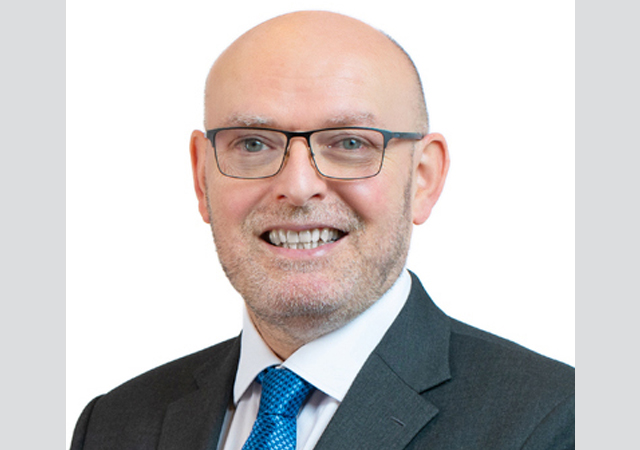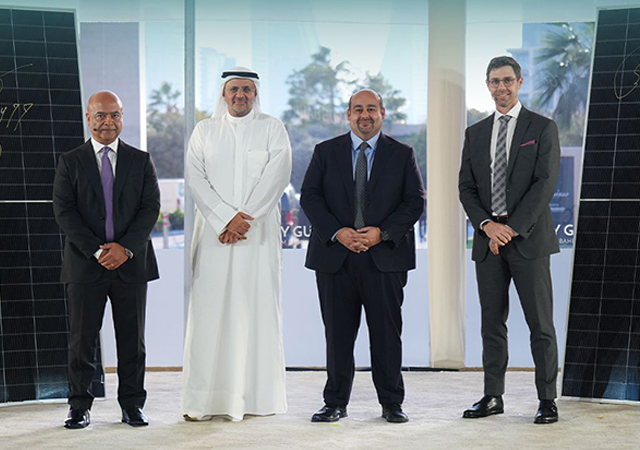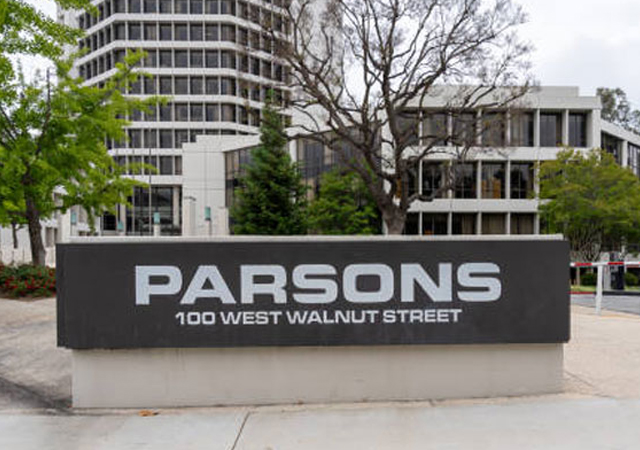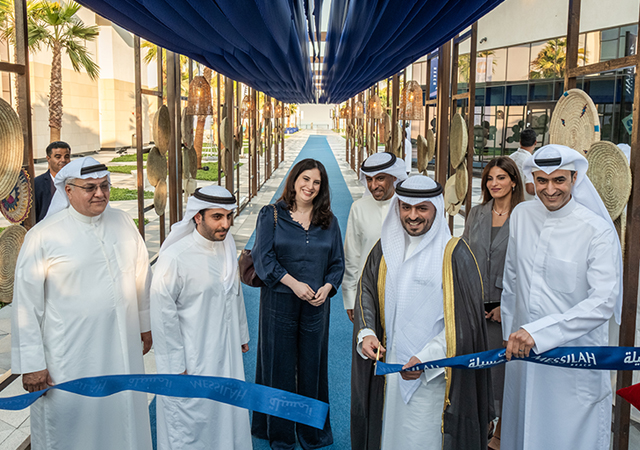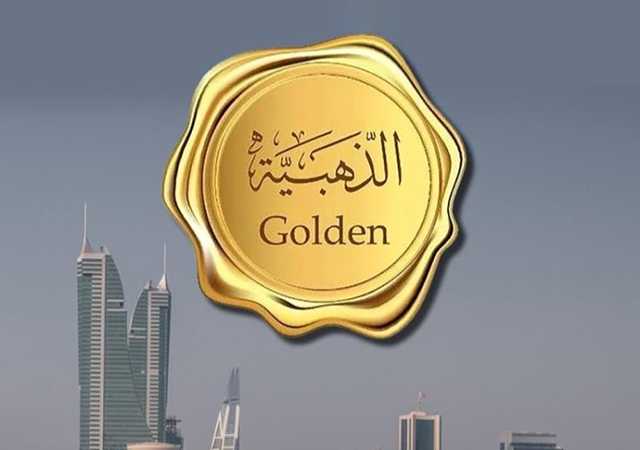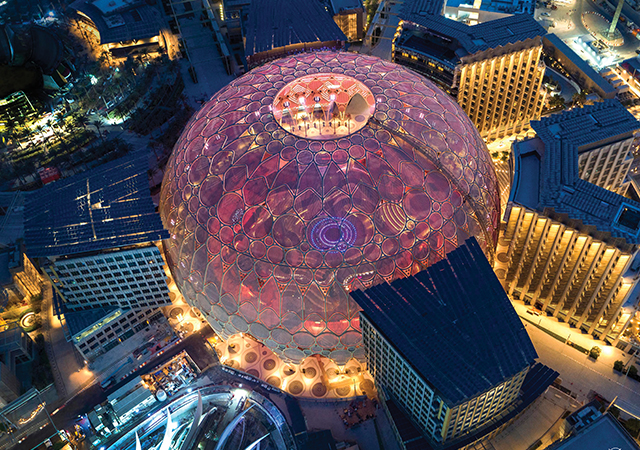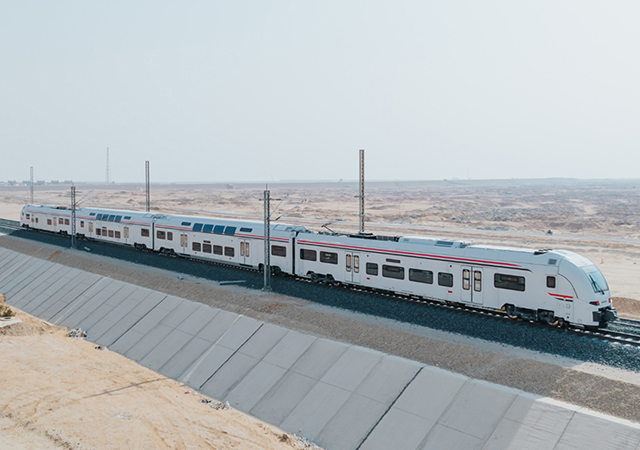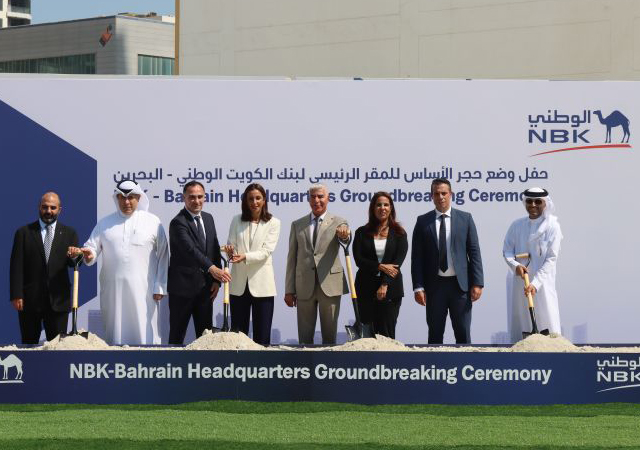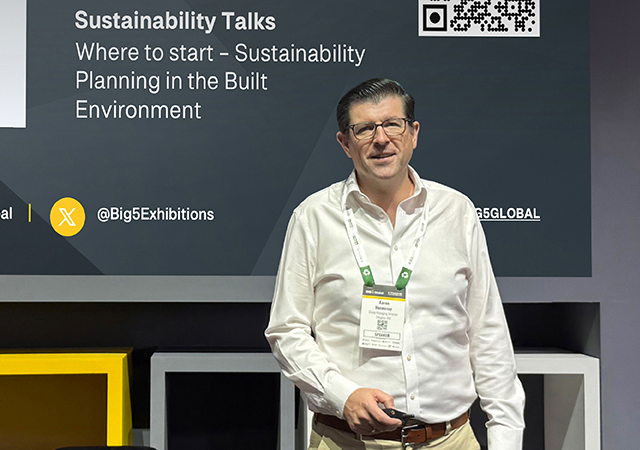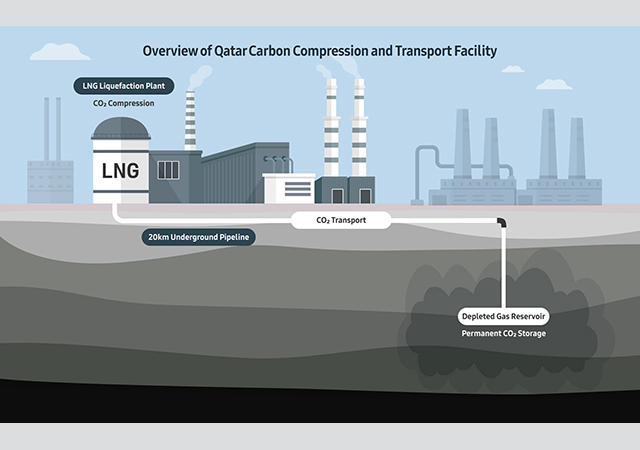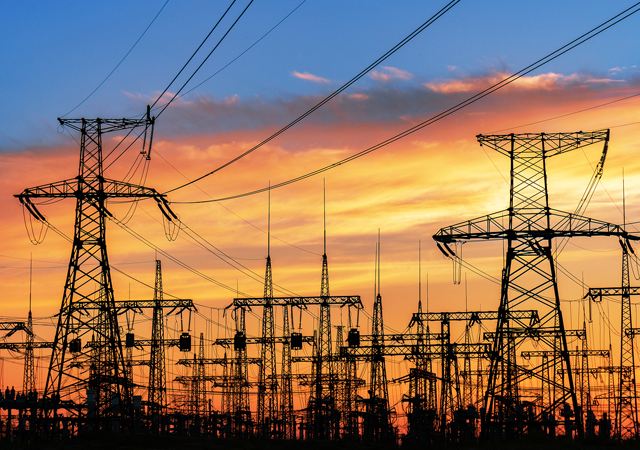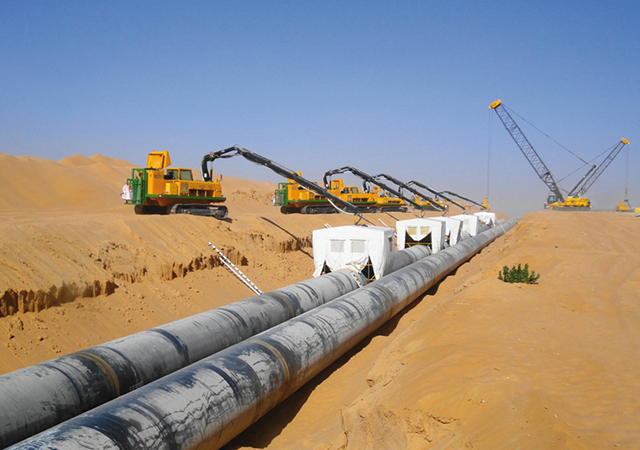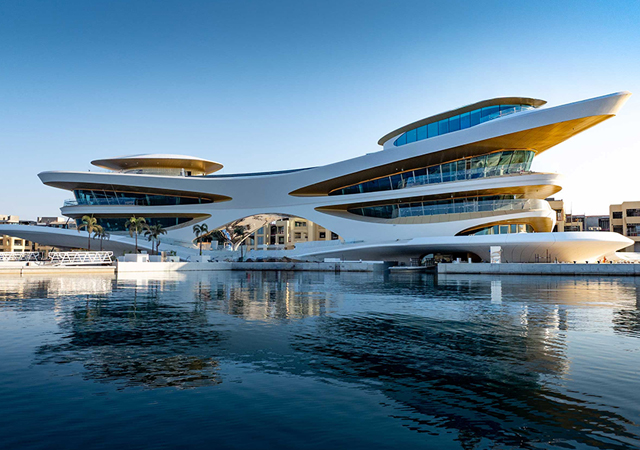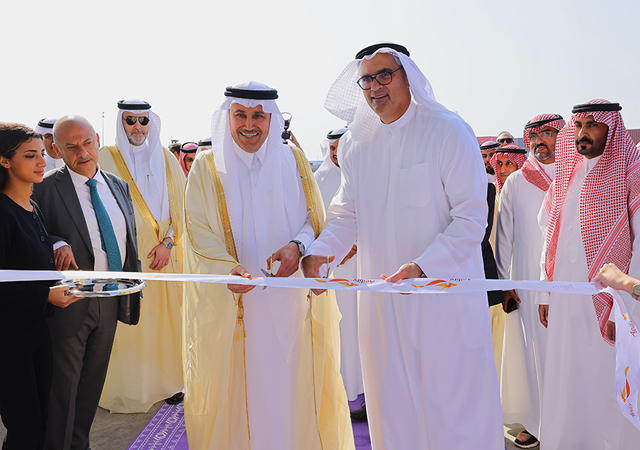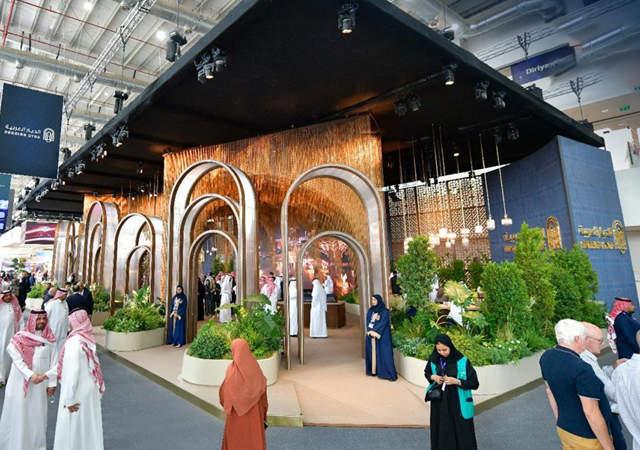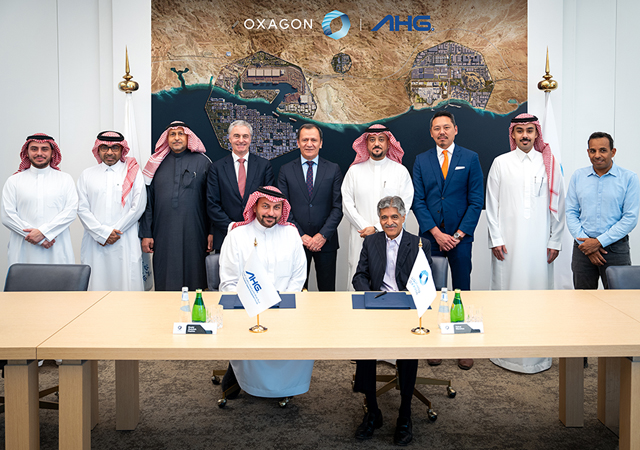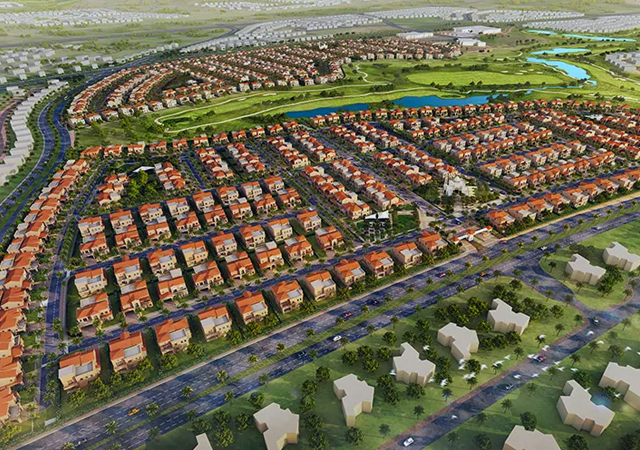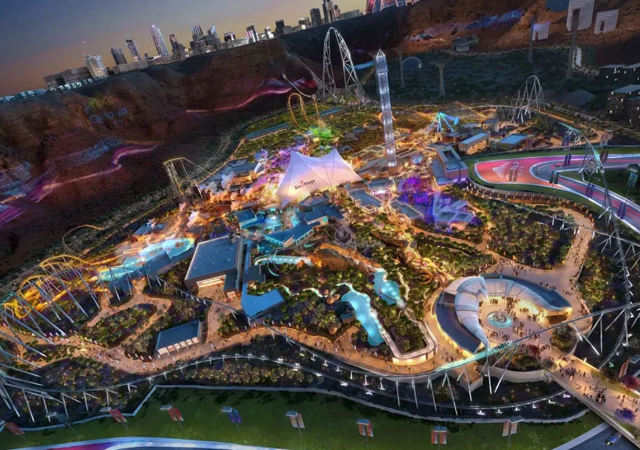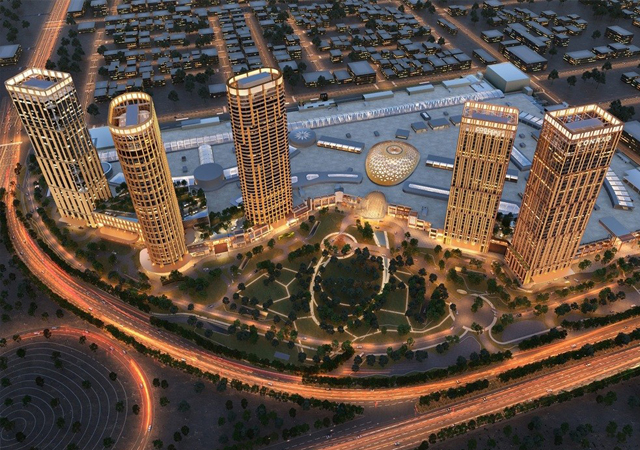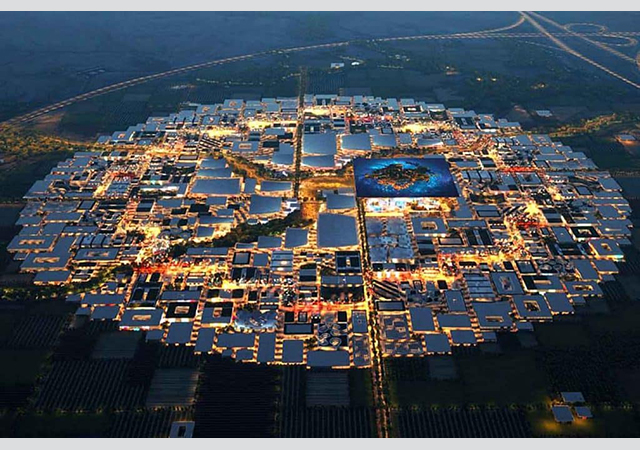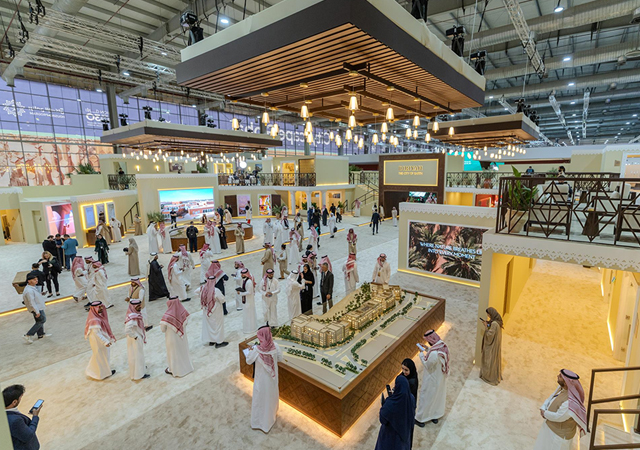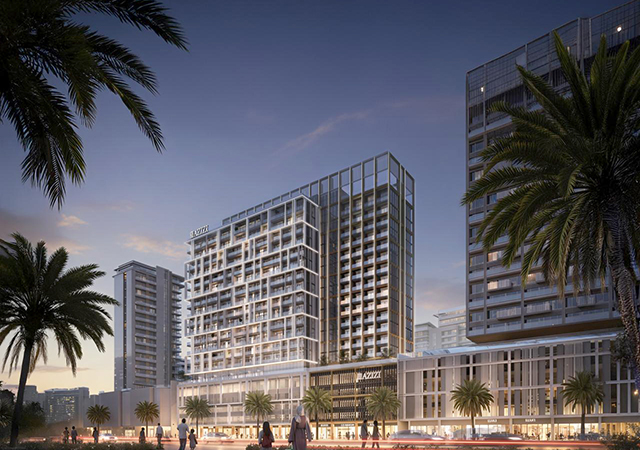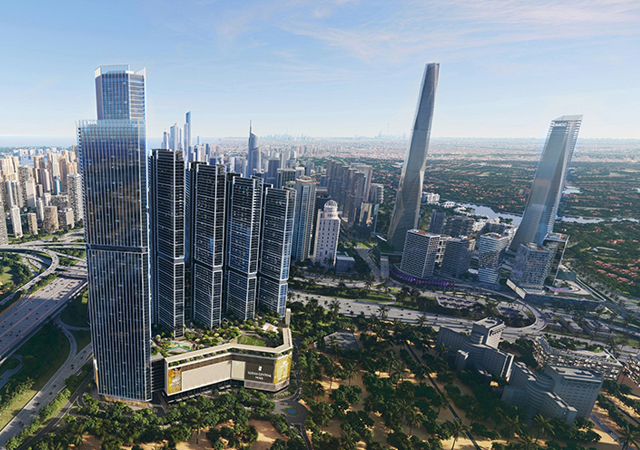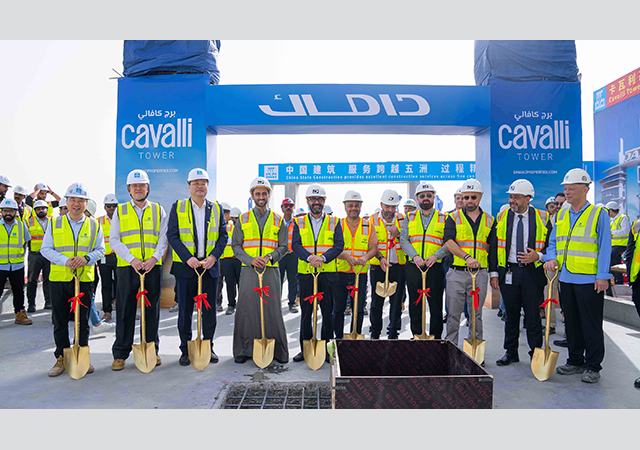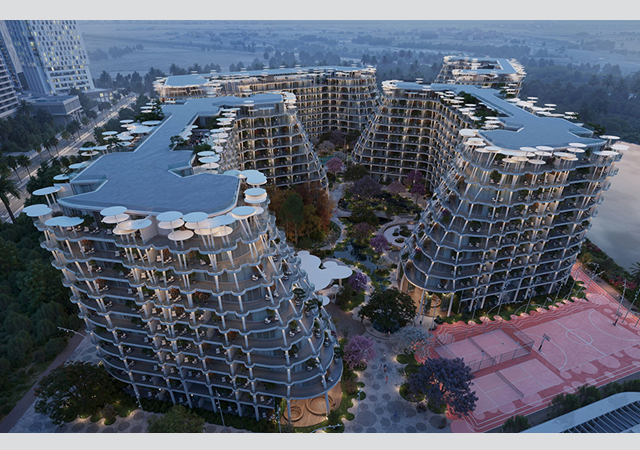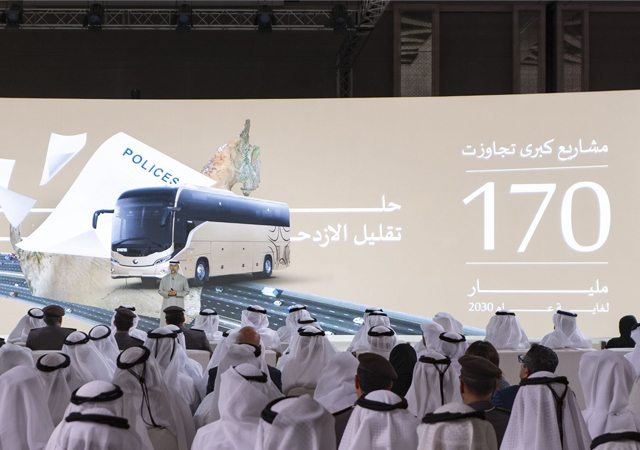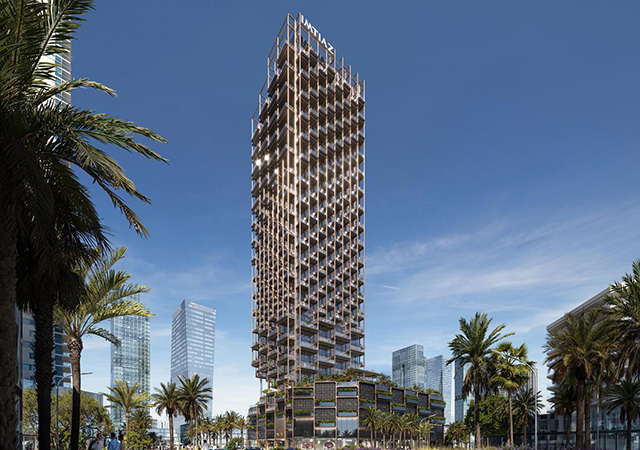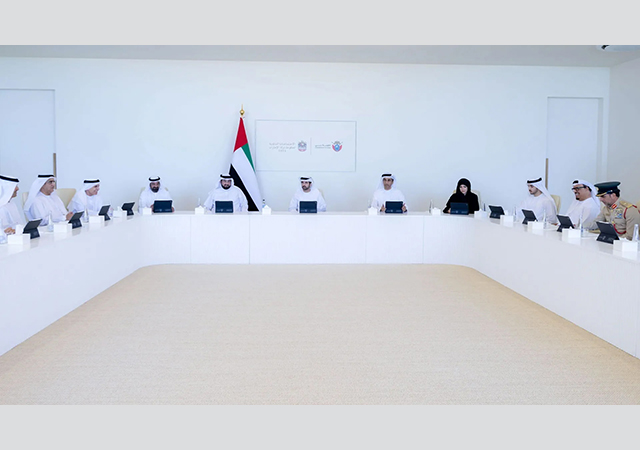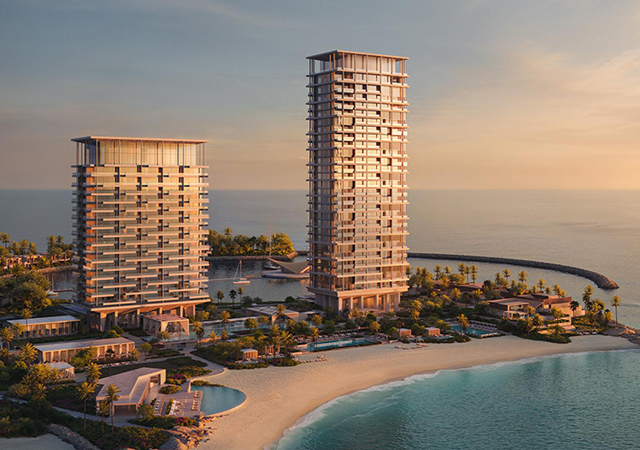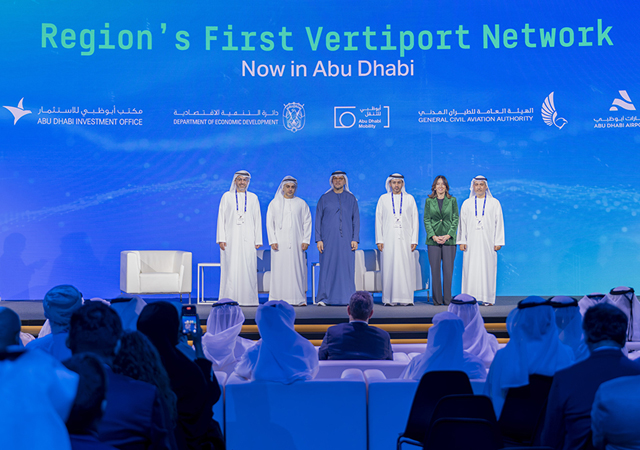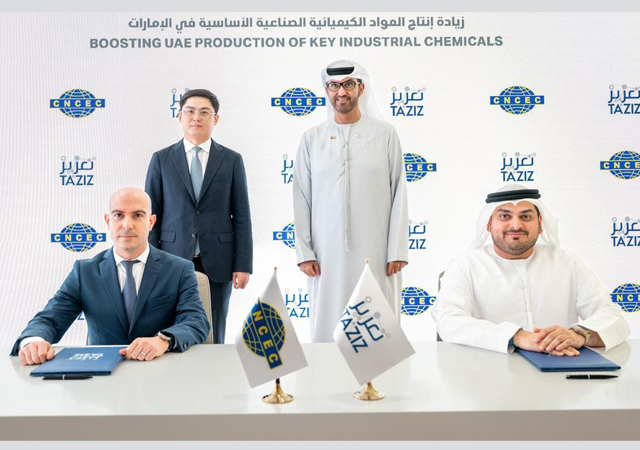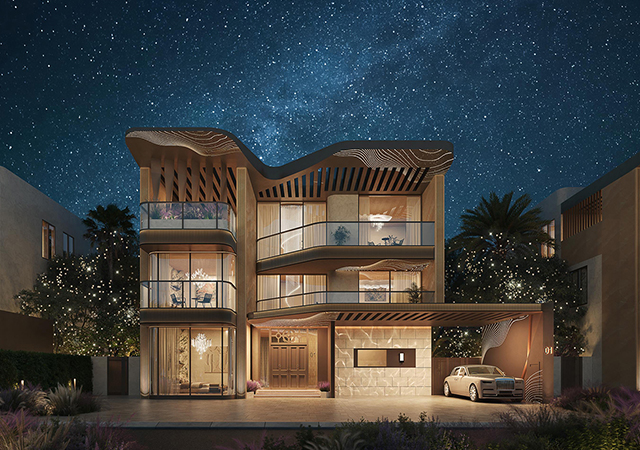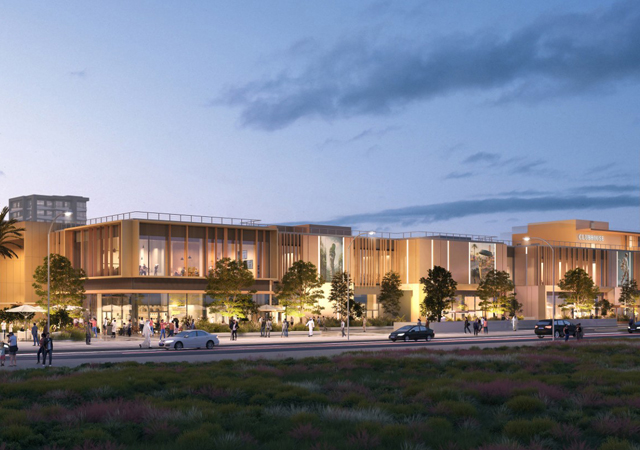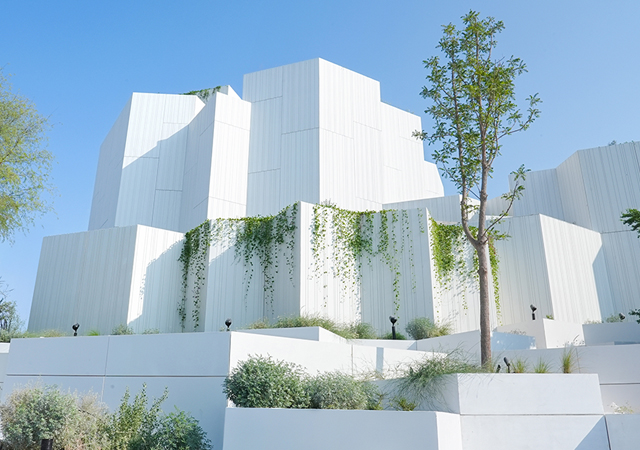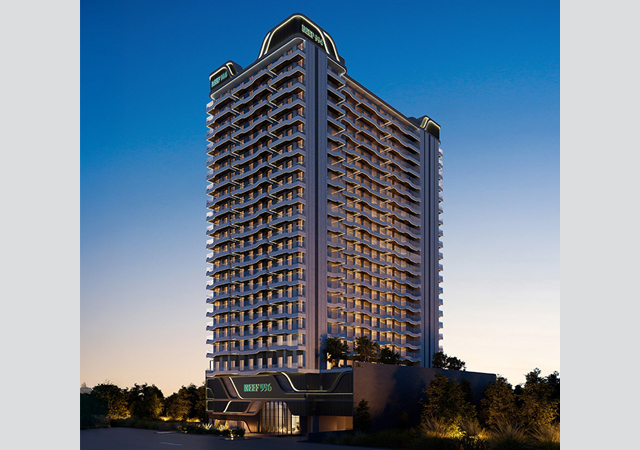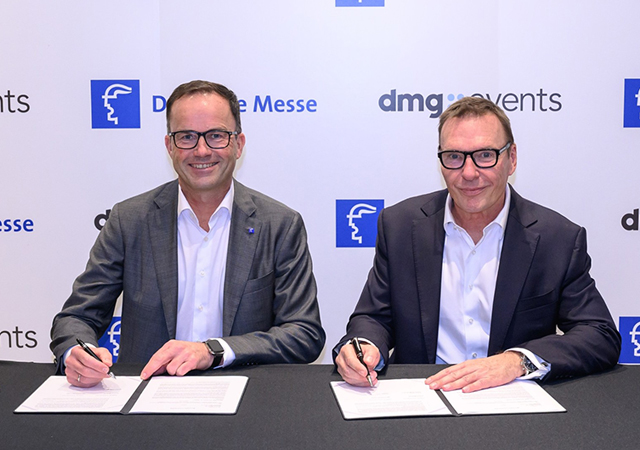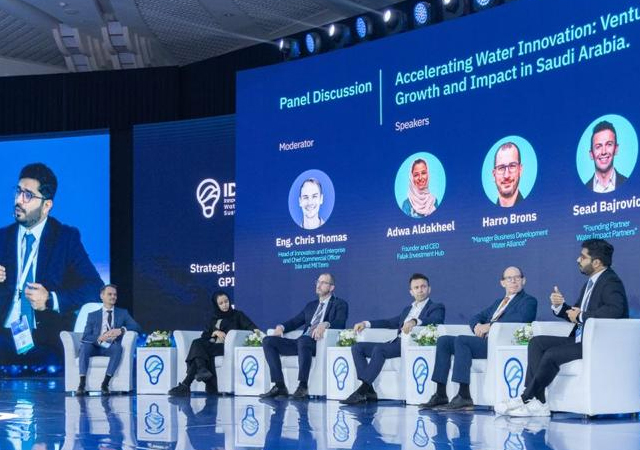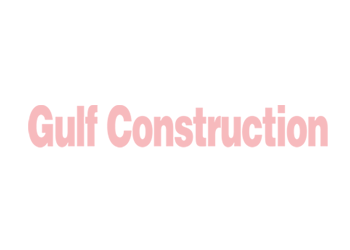

AN architecturally-inspiring headquarters building for global banking giant Citibank is the latest landmark to dominate the skyline at a fast-developing new commercial hub in Bahrain.
Citibank had asked for the eight-storey headquarters at Seef to be built on a fast-track basis, and work on the elegant dhow-shaped structure, which began in early 2000 is nearly complete, according to the project's consultant, Mohamed Salahuddin Consulting Engineers (MSCEB).
As many as 450 workers were on site last month, executing finishing, testing and commissioning work, ahead of the handover to Citibank, which aims to move into the headquarters later this year.
The project has a striking architectural design, combining modernity with Bahrain's maritime history.
The original concept design was done by Skidmore, Owings & Merrill (SOM) of the US.
The detailed design, working drawings, tender documents and construction administration is being done by MSCEB.
BWS (ME) is the client's representative and also the quantity surveyor for the project.
Designed to provide high-quality office space to ensure streamlined operations for Citibank and its associate companies, all under one roof, the building includes a trading floor and a public commercial banking centre.
MSCEB projects director Umesh Bangera, explains the concept behind the design: "The structure is reminiscent of a traditional Arab dhow, curving down gently from the eighth to the sixth storey, to create a sail-like appearance.
He continues: "Climate, culture and function have been major design considerations. The upper levels are rhythmically recessed to accommodate forms, with executive offices overlooking sunlit rooftop terraces.
''In a modern interpretation of traditional Islamic architecture, a five-storey iwan (portico) or gateway leads to a two-storey-high glazed atrium shaded by a palm grove. The horizontal orientation of the facade is balanced by the presence of two aluminium and glass mashrabiya screened windows, which also offer shade and privacy. The building is clad in precast concrete in harmony with the colour of the desert, while being practical against the island's humidity."
The imposing complex sits on a 11,000 sq m site at a roundabout in Seef and commands excellent views of the Arabian Gulf as well as of Manama city on the landward side. It comprises the main building which includes a partial basement, a ground floor and seven upper levels; a single-level outbuilding which houses the services and surface car-parking for 200 vehicles.
The 30-m-high portico leads to the all-glass atrium area, which has two entrances: one serving the bank's branch on the ground floor and the other to all the levels of the building. These entrances have power-assisted hinged glass doors set in a stainless steel frame - each 2 m wide and 3 high.
The building will be occupied by the various departments of the bank. The structure also includes partial floors on the 8th and 9th levels to accommodate mechanical and electrical equipment. The partial basement houses the security vaults and water tanks.
The executive offices on the sixth and seventh floors give way to landscaped terraces, which are shaded by the louvred precast roof structure. The larger of the two terraces is on the sixth floor. Both terraces are linked by a staircase.
The total built-up area is approximately 11,400 sq m including the basement.
''The main building is a curved RCC-framed structure with two cores at the ends accommodating the lift areas, the mechanical room - which has the air-handling units - toilets, staircases and pantry areas,'' says K Ganesan, the project manager at MSCEB.
"The building is founded on 260 concrete piles of 800 mm diameter. The external cladding consists of insulated precast concrete panels in a beige, acid-washed finish and structural glazing comprising green-tinted glass."
The roof slopes right across the building from its apex to the 6th floor, providing a further interesting elevation to the building. Two mashrabiyas accentuate the elevation on the prominent north elevation and over the entrance.
The 450 sq m annex services building is also clad in precast concrete to blend with the main building. It houses a standby dual output system, two transformers and electrical equipment.
The landscaped car-park has separate sections for staff and visitors. A 100-slot staff parking area is shaded with fabric canopies on steel frames and is controlled by a card-operated gate barrier system.
A 1-m-high precast boundary wall has been erected along two sides of the site while the other sides are landscaped and open on to the main road.
The interior of the building is designed to reflect the corporate image of Citibank. The offices are open-plan, with partitions for senior management offices. The floors in all offices are carpeted.
The atrium area, ground floor and lift lobbies have marble flooring. The walls of the lift lobbies on the ground floor, 6th and 7th floors have wooden panelling while other levels have fabric panels and a green metallic paint finish. The fifth floor and part of the third have raised access flooring to accommodate the sophisticated computer networks and electrical services on these levels.
Construction
Work on the project was implemented in two phases with piling completed in the last quarter of 1999.
The piling works were executed by Germany-headquartered ground engineering expert Keller Gmbh and the main structure and finishes, including all services, are being carried out by Cybarco Bahrain, which has its head office in Cyprus.
Citibank signed a construction contract with Cybarco Bahrain on January 8, 2000 and work on the basement and main structure commenced on January 28.
''The project was a fast-track one and given the ambitious target, work has been progressing more or less on schedule,'' says Ganesan.
The project posed several challenges because of its design, high specifications, innovative cladding and finishes and sophisticated mechanical and electrical services.
Bangera explains: "The building marked several construction 'firsts' in Bahrain, with its unique shape and elevations, the specially-finished precast panels, the atrium and the curtain-walling, and its state-of-the-art mechanical and electrical services. We were able to meet the demands of this high-specifications project by selecting the right contractors for the right jobs.
"Another challenge was co-ordinating works on site."
The curtain-walling was another innovative feature of the project, says Gautam Mundkur, manager-architecture and design with MSCEB.
''The curtain-walling was custom-designed and put through stringent tests. Mock-ups were built and tested in Dubai for watertightness, u-values and wind loads," He says. "It has special wing profiles which are not just decorative but also functional. For instance, in the glazed atrium, air-conditioning diffusers and air-intake units are engineered into these profiles.'"
Schmidlin of Switzerland, which has its regional office in Abu Dhabi, was the curtain-walling contractor.
The atrium itself is a striking architectural feature with its glazed roofs and walls. The entire glass roof is suspended via hangers on cross beams.
The facade glazing is suspended from a steel frame at the roof level which in turn is supported on three vertical steel columns so that there are no vertical supports on the panels to obstruct the vision, giving a smooth, uninterrupted elevation. The green-tinted glass used for the atrium area has a ceramic frit pattern to provide shade, while being decorative.
Neat, smooth lines have been a key design element and every effort has been made to ensure a flush profile for the structure right up to its roof.
This design philosophy has been applied even to the five emergency exit doors which are precast clad and set within the precast facade, for harmony.
The beige acid-wash concrete finish, says Bangera, was chosen because it is smooth, easily cleaned and does not highlight dust and dirt.
Among the more difficult aspects of the construction of the structure was erecting the soffit for the portico. Here, the beams were erected and the precast soffit panel was installed on it, after which the slab was cast.
M&E services
The building's state-of-the-art mechanical and electrical services were executed by Al Komed Engineering Services Company.
To provide emergency and uninterrupted power supply, the building is equipped with a sophisticated standby dual output system (combined diesel generator and rotary UPS) from Hi-Tec of Holland, which is believed to be the first of its kind in Bahrain.
Ganesan says: "The system is space-saving and eliminates the need for a battery. While the initial installations costs may be higher, the dual output system offers a much lower overall life-cycle cost."
In order to conserve water, a grey wastewater treatment plant is installed in the basement with the treated water being used for irrigation and toilet flushing.
The building services include fire-detection and alarm system and building management system (BMS) and security and access control systems in addition to plumbing, electrical, air-conditioning and fire fighting systems (sprinklers and wet riser system). The fire alarm and power supply is linked to the BMS located in the basement.
The building is served by five elevators - including four passenger lifts and one goods lift from Fujitec, supplied by the Bahrain-based Gulf General Lift Services (GGLS). They have custom-designed car interiors, with glass and stainless steel and woven fabric walls and marble flooring.
Five chillers offering 500 tonnes of refrigeration (two of 200 tonnes each and one of 100 tonnes) are discreetly located on the 8th floor with air-handling located within the core areas on each level.
The air-handling unit on the 8th floor has a fresh air-intake unit, which ensures that the required percentage of fresh air is circulated within the building. Care has been taken to ensure that disk antennae do not disturb the smooth lines of the building and space has been designated on the 9th floor for them.
Another challenging aspect of the project is the installation of window-cleaning equipment which has to be mounted in a rack and pinion arrangement on tracks laid on a sloping roof. When in position for use, the window cradles have to manoeuvre around the curved facade of the building. When not in use, the equipment is lowered via a scissors lift on to the 9th floor to place it out of sight.
The building is expected to be handed over to the client shortly and Citibank will move into its new premises this October.



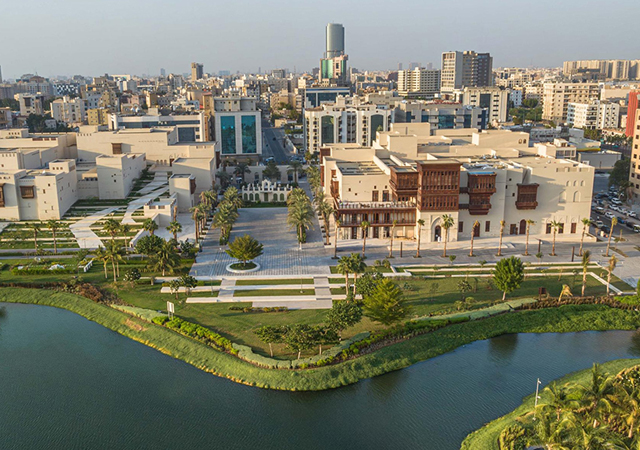
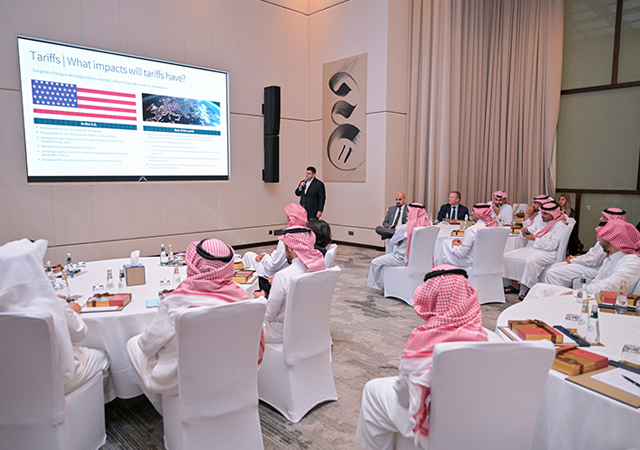
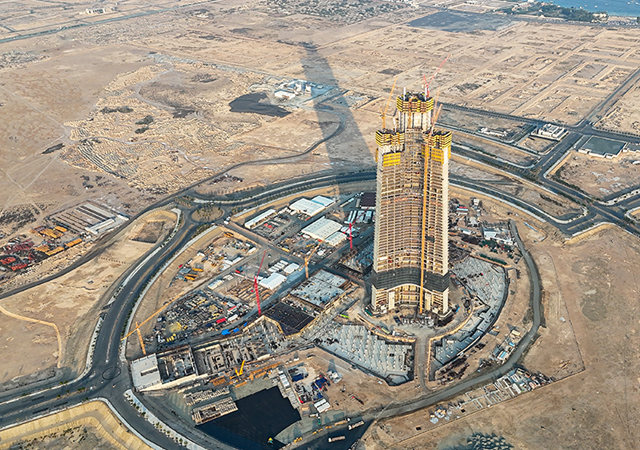
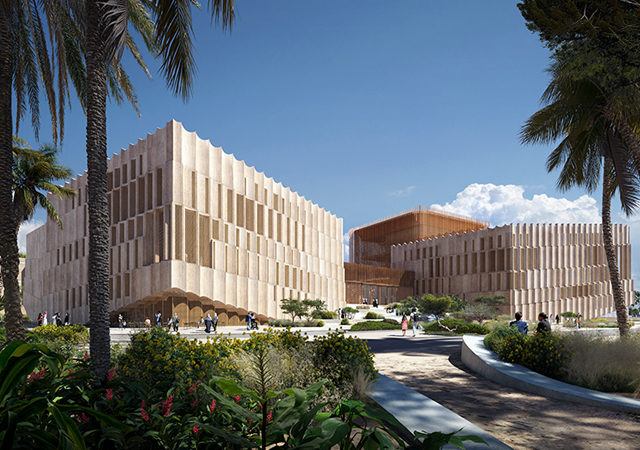
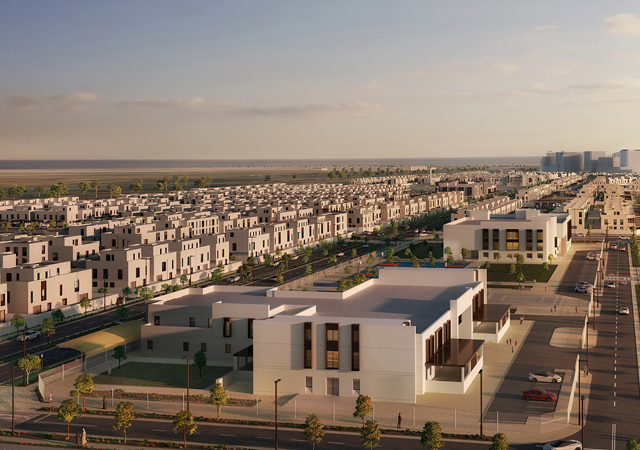
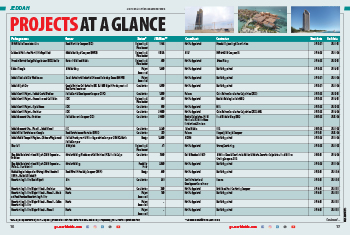
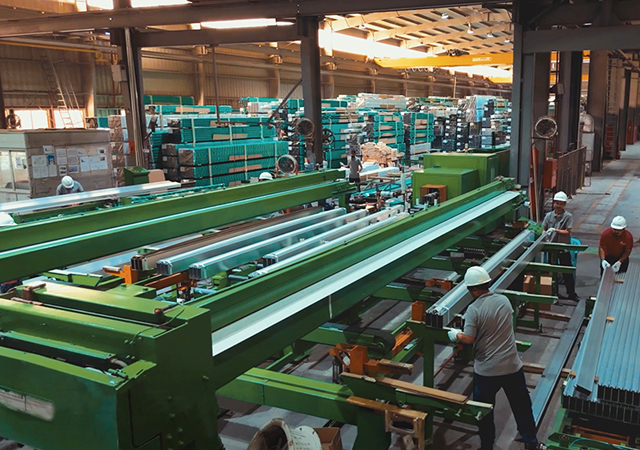

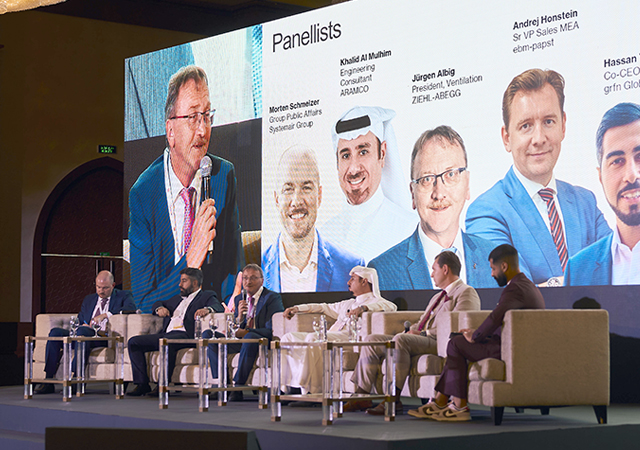
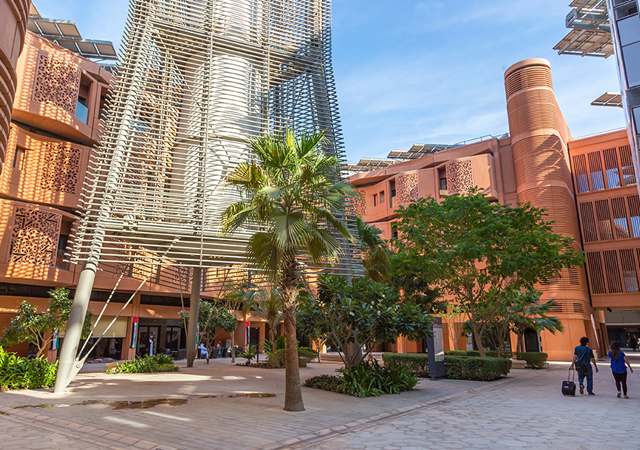
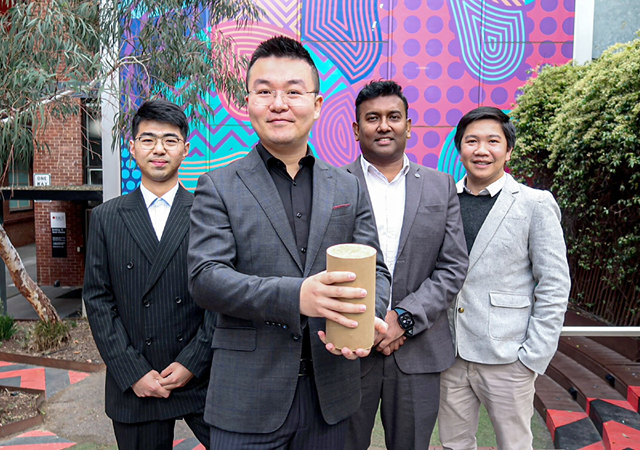
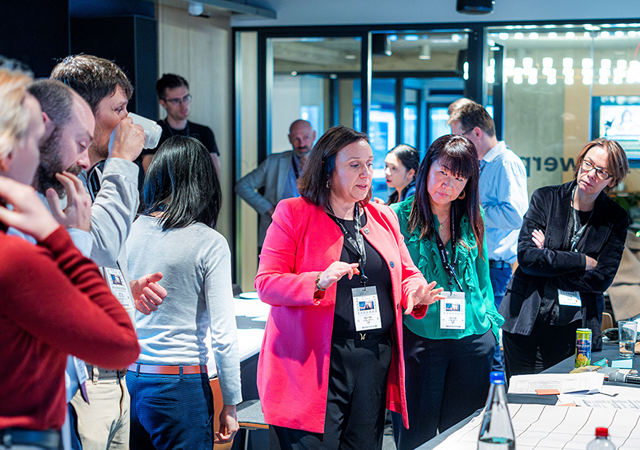
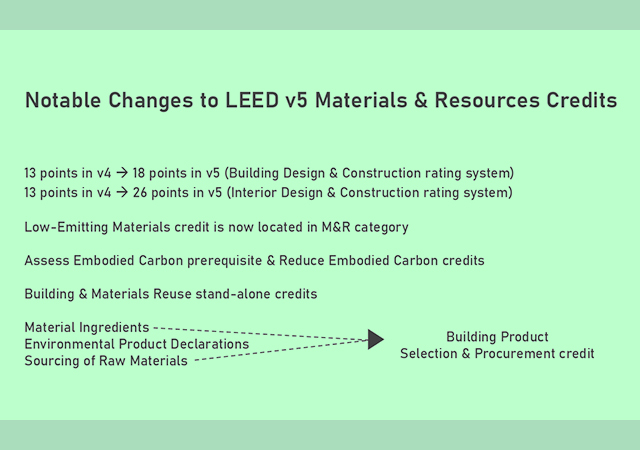
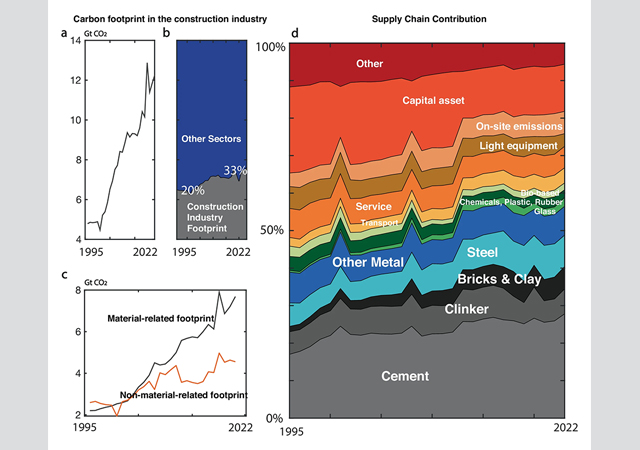
.jpg)
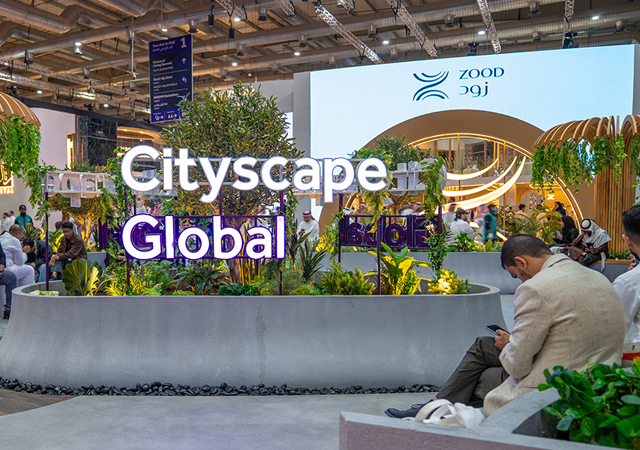
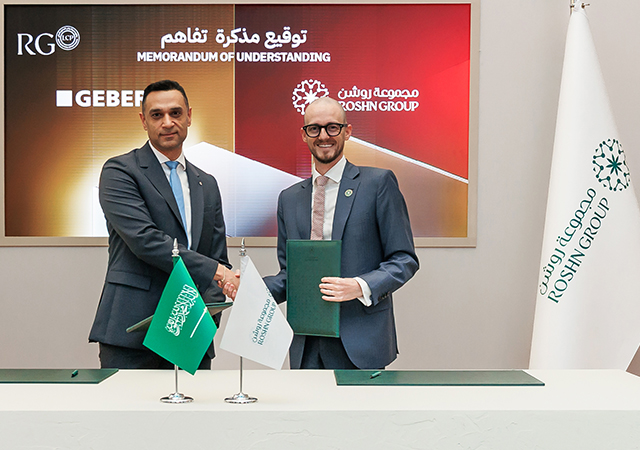
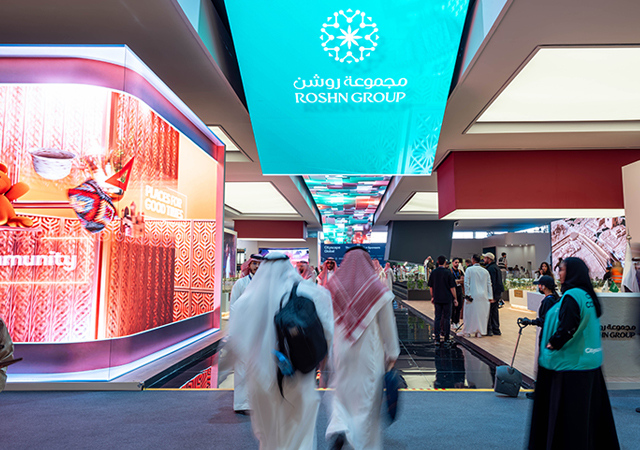

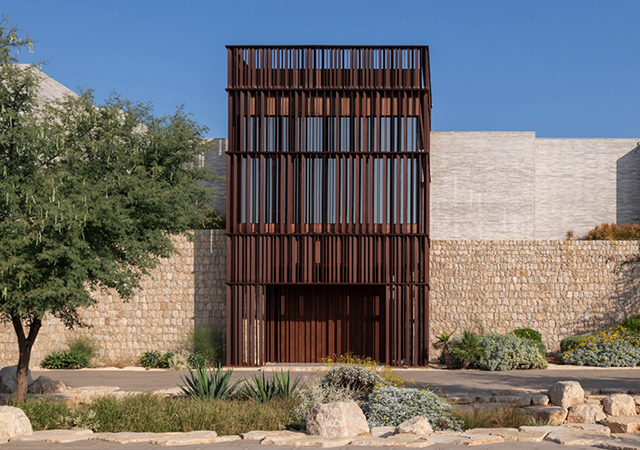
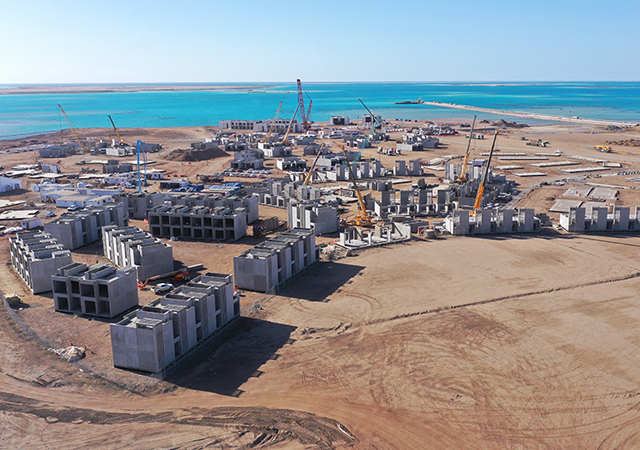
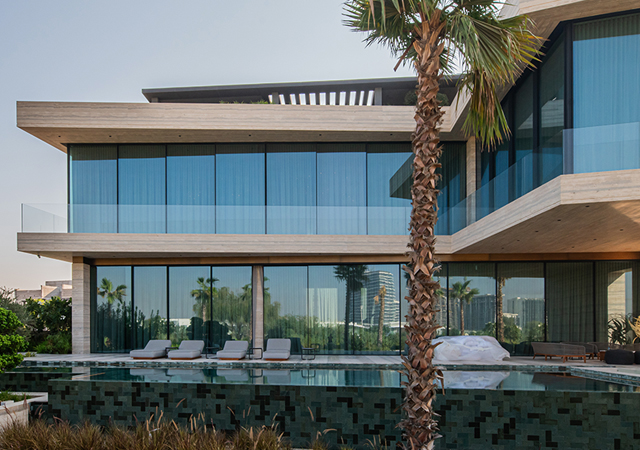
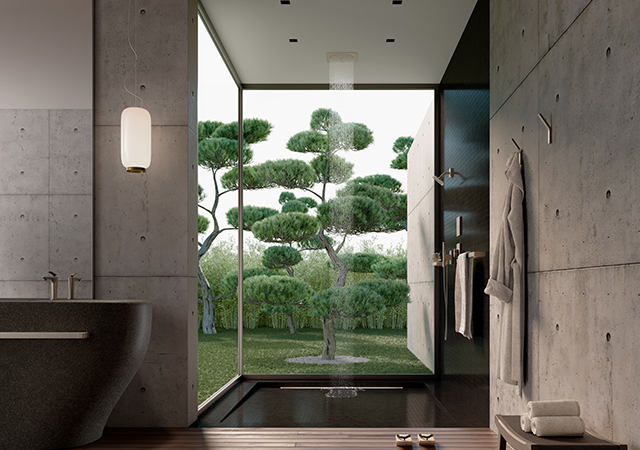
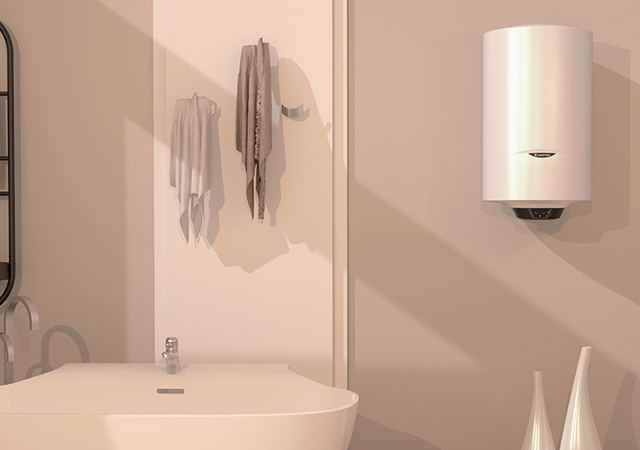
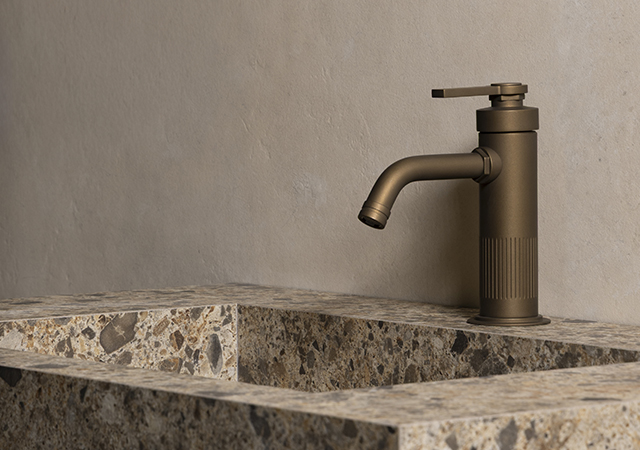

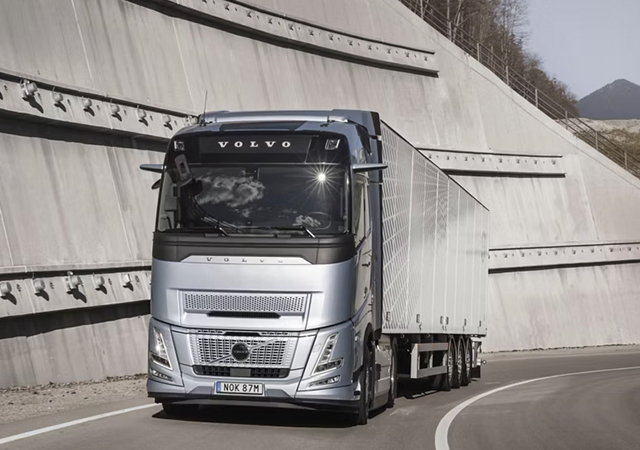
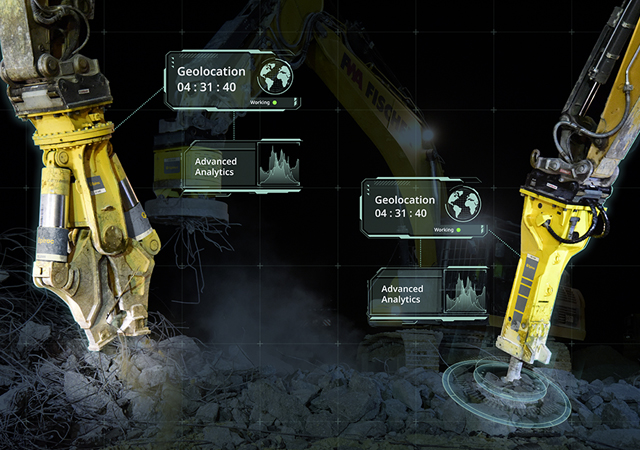
 (1).jpg)
